New track search – “This is the postman”
The 1st generation philips CD player where not that fast in track search, they used binary search and where limited by free available memory
Why the binary search is limited starting with 256 tracks: that is to prevent the laser spot at the end of the record from shooting off the record during a jump. The so-called lead out is at least something like 300 revolutions = 300 track crossings.
In these early processor, there was only 64 bytes adressabel memory avaidable ,
Block diagram MAB84xx
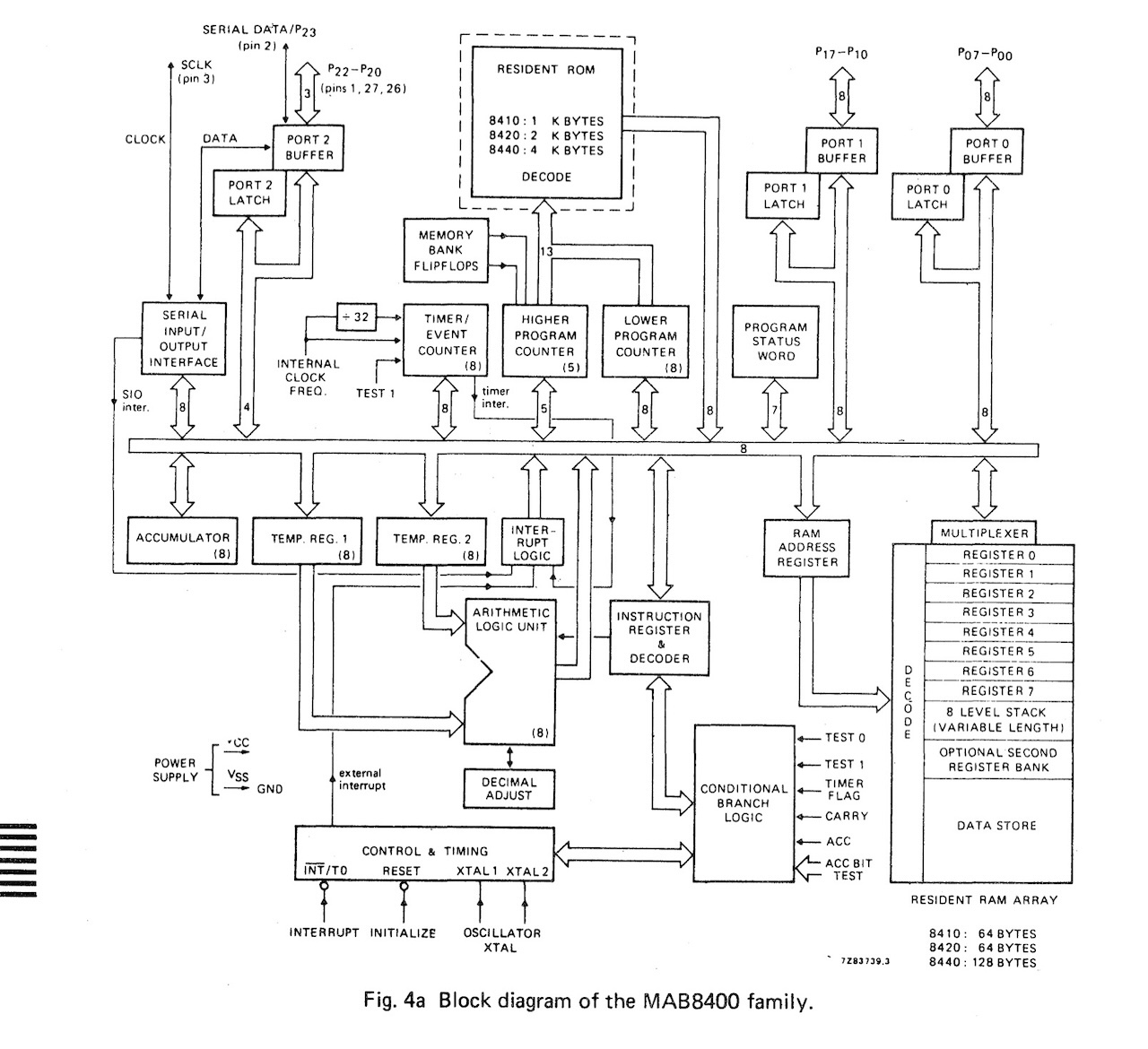
1 ,2 ,4 K bytes Masked ROM
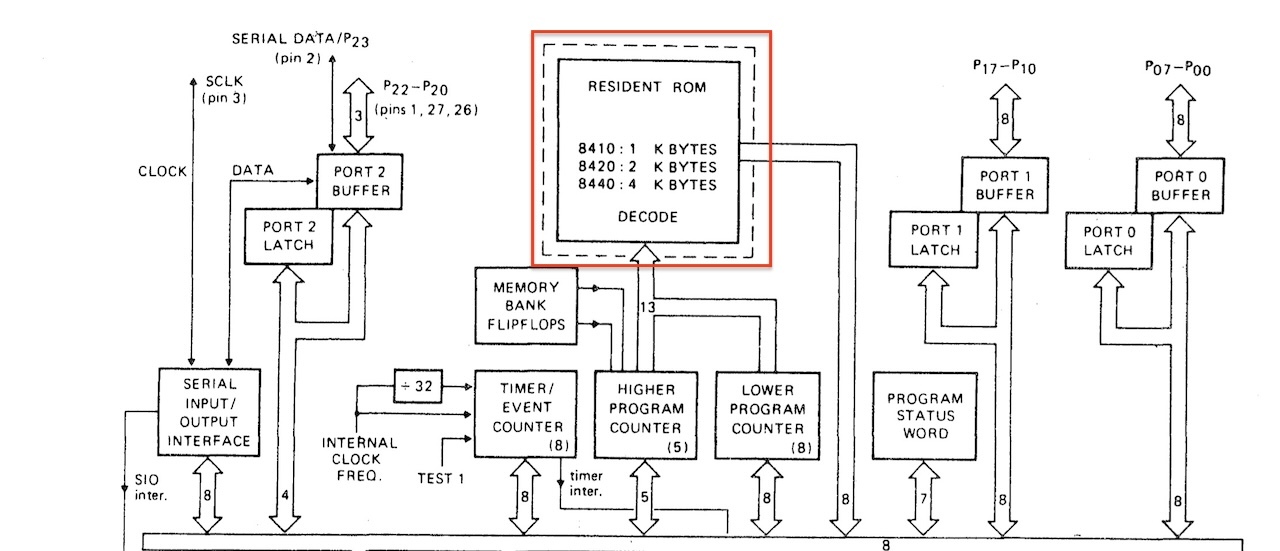
Ram Memory
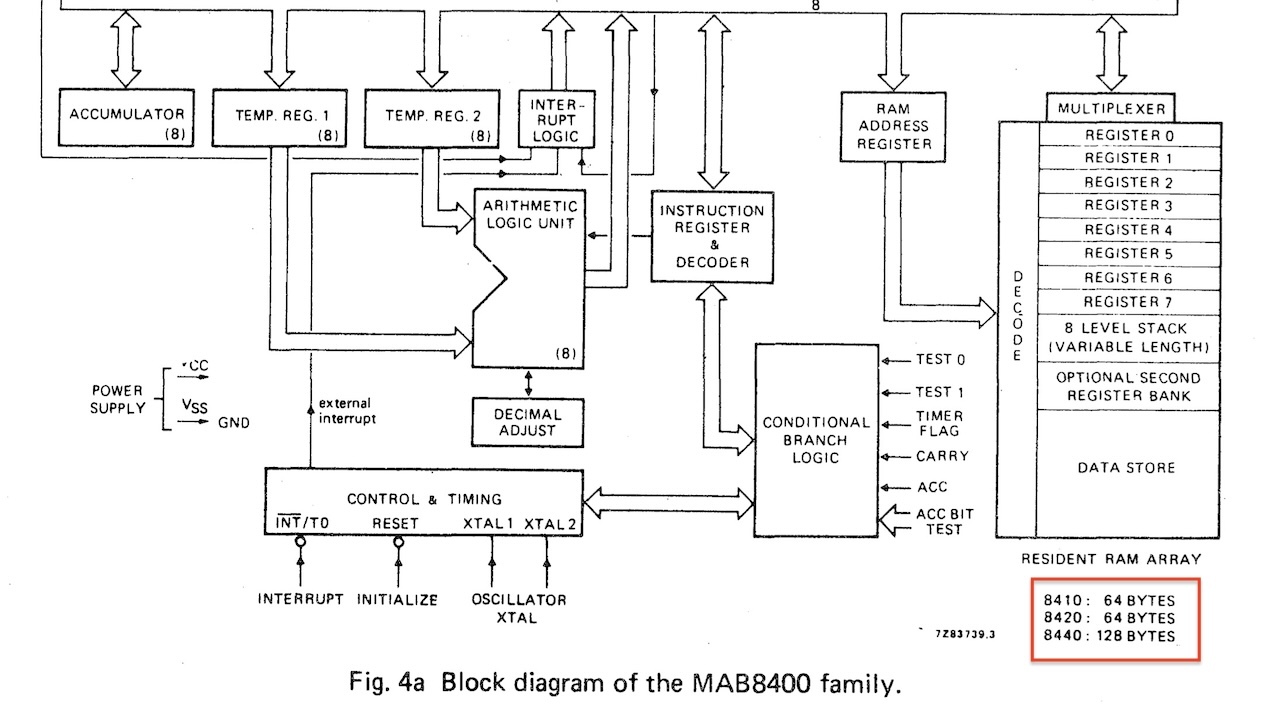
In the 2nd or 3th Generation , they used a new invention “the postman”
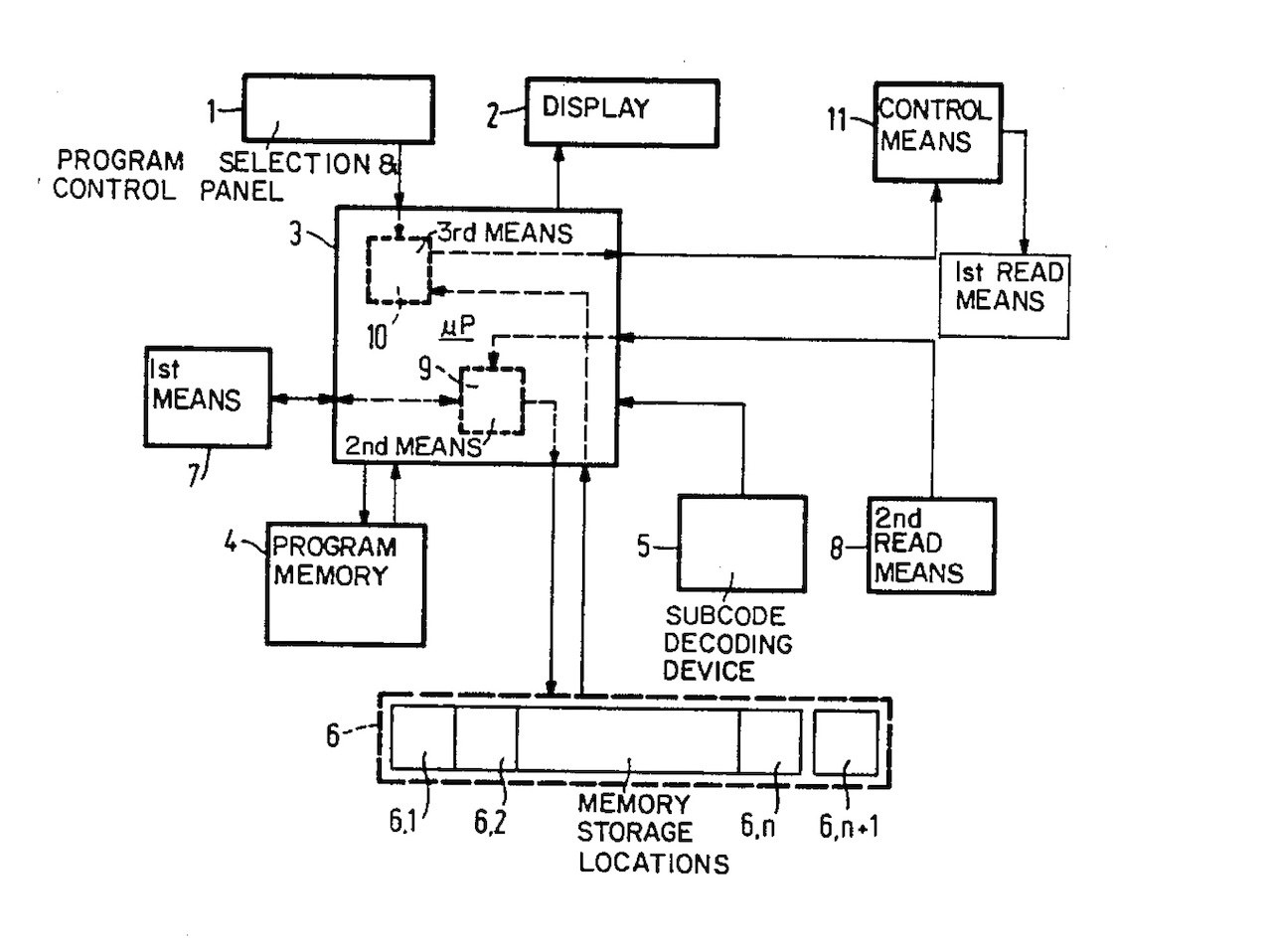
Hello Bram, I made this invention with Karel de Decker. “This is the postman”
The trick is that the “table of content” (TOC) is displayed on a small (approximately 10 bytes) memory. The plate is imaginary divided into concentric rings. Each ring has approximately 2000 revolutions (probably 2048). And each ring represents 1 such memory location, consecutively. By now placing the first number in the memory that starts in the corresponding ring, the beginning of each number on the record can be reached with a maximum inaccuracy of 2000 revolutions. A record has a maximum of 20,000 revolutions, so the record can be addressed for any number with 10% accuracy. For revolutions of the spiral track you can also read track crossings if you are searching.
The TOC contains much more information, much more than the 10 bytes of memory can handle, but nothing about those revolutions. So the algorithm translates the so-called “absolute time” information from the TOC into the “ring ranking”. Compare it with the postman how he arranges stacks of letters from the same street. Such a stack corresponds to a ring without you knowing how many letters are in that stack.
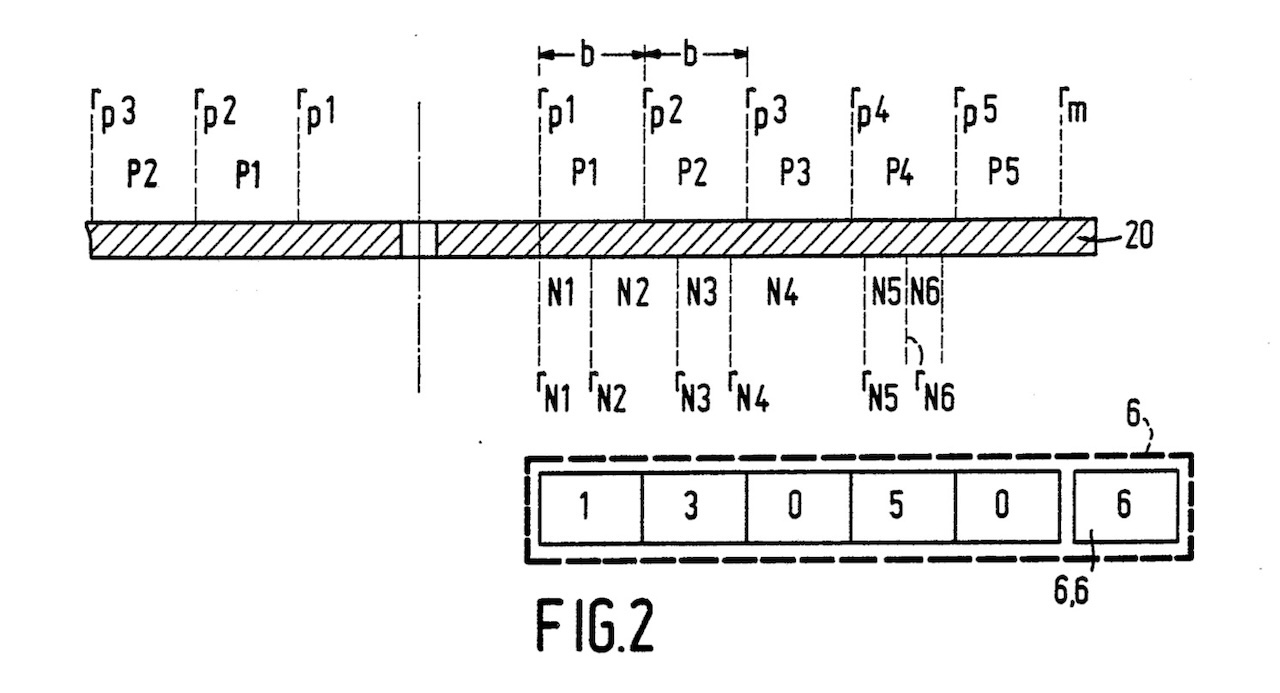
APPARATUS FOR RAPID REPRODUCTION OF INFORMATION FROM A RECORD CARRIER ABSTRACT
An apparatus for reproducing information in the form of one or more information blocks in the track of a
record carrier, for example a compact-disc digital audio player, is equipped with a memory having n storage
locations for storing in each of these storage locations one sequence number corresponding to an information
block (if present) whose beginning is situated in a portion of the record carrier corresponding to each storage
location, where n <99, and first means for the storage of or containing data relating to the size and the location of
the portions on the record carrier, or for the storage of or containing data from which the size and the location
of the portions on the record carrier can be derived. Suitably, n is not greater than 10. By means of such an
apparatus searching for a following track number thathas been selected can be effected more rapidly.
Patent – US4740938-2 – APPARATUS FOR RAPID REPRODUCTION OF INFORMATION FROM A RECORD CARRIER ABSTRACT
Dag Bram, Met Karel de Decker heb ik deze uitvinding gedaan. “Dit is de postbode” .
